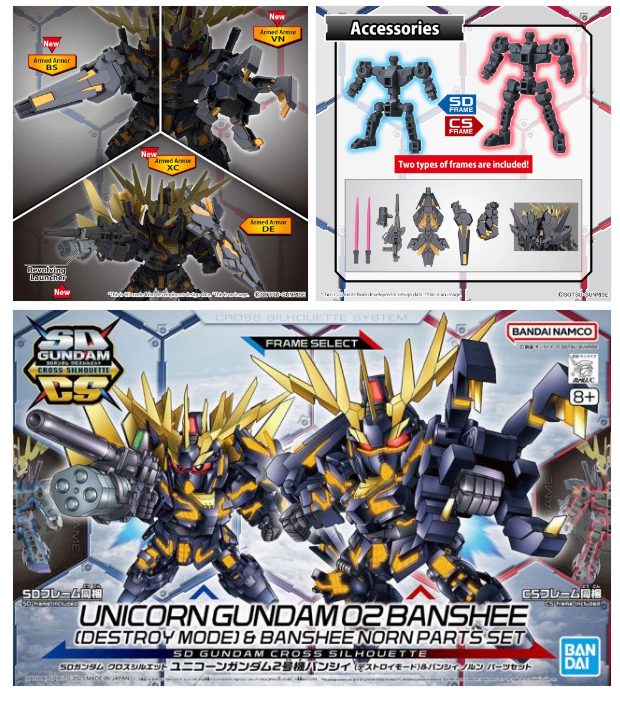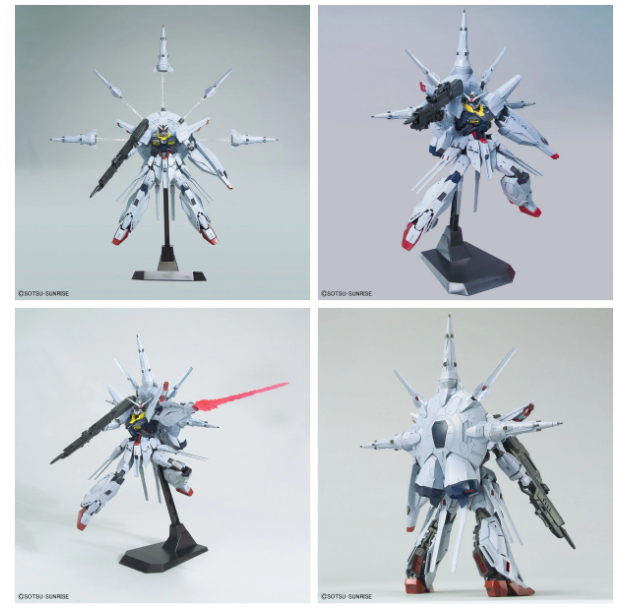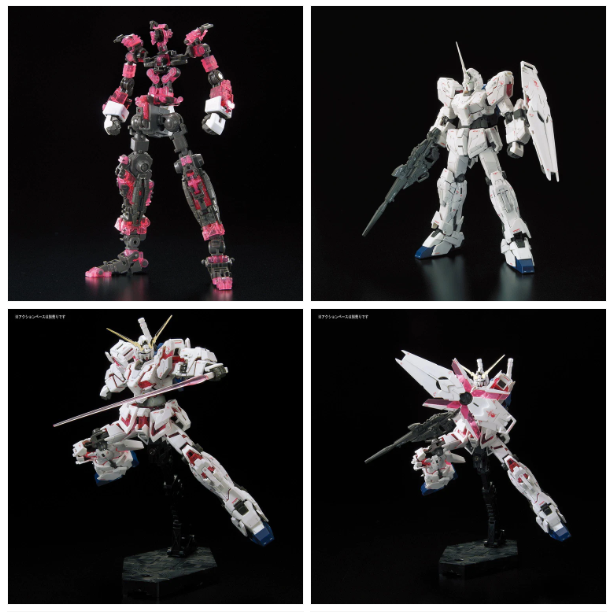In our preceding discussion, we touched upon the ideal starting point for Gunpla newcomers, offering a broad overview without delving into the specifics. As we continue to commemorate the 40th Gunpla Anniversary, our focus shifts to a more detailed exploration of the various Gunpla grades, each representing a unique aspect of this remarkable hobby.
Tracing back to Gunpla’s origins, the kits bore little resemblance to the ones gracing our shelves today. A striking difference was the assembly process, which initially necessitated the use of glue, a stark contrast to the current snap-fit components. Furthermore, these early iterations of Mobile Suit Gundam lacked poseability, contradicting the very essence of “mobility” they were named for.
Fast forward to the present, and the landscape of Gunpla kits is rich with options, spanning across different series and grades. But what exactly do we mean by ‘grade’? Essentially, ‘grade’ refers to the scale and complexity of the kit. In this guide, we’ll illuminate the characteristics of five primary grades, shedding light on what each brings to the table.
SD – Super Deformed: Entry-Level Gunpla Grades
Known for their exaggerated heads and condensed body proportions, Super Deformed, or SD kits, occupy the smallest niche in our compilation. These kits, with their simplified aesthetics, are particularly novice-friendly and are often recommended for younger enthusiasts.
While their poseability pales in comparison to their higher-grade counterparts, SD kits possess a unique allure. They are not only pocket-friendly, priced between $4-10, but also serve as an excellent choice for a swift building experience.

HG – High Grade: The Versatile Choice in Gunpla Grades
High Grade (HG) kits are arguably the most prevalent on this spectrum. Their ease of assembly, reasonable pricing ($12-25), and the sheer diversity of available models contribute to their popularity. Distinguishable by the ‘HG’ emblem emblazoned on the box’s front, these kits boast superior articulation compared to SD models, offering a broader array of posing possibilities. Their 1/144 scale renders them an ideal fit for collectors and display enthusiasts alike.
We previously advocated HG kits as the preferred grade for beginners, a recommendation rooted in their balance of affordability and fulfilling building experience. As hobbyists advance in skill, HG kits also serve as excellent candidates for honing painting and weathering crafts.

RG – Real Grade: Precision and Complexity in Gunpla Grades
Emerging in the Gunpla scene in 2010 during the 30th Anniversary celebrations, Real Grade (RG) kits have carved their niche among builders. These kits marry the intricate skeletal framework akin to Master Grades with the compact size of an HG, standing at 1/144 scale. What sets RG kits apart is their meticulous attention to detail, evident in the color separation, articulation, and realistic design, enhanced further by a generous set of decals.
RG kits cater to those who wish to remain within the HG scale but crave an elevated level of sophistication and challenge in their building projects. Recent models like the Nu Gundam and Sazabi have garnered community acclaim, noted particularly for their exceptional quality.

MG – Master Grade: Advanced Crafting in Gunpla Grades
Master Grade (MG) models, with their 1/100 scale, occupy a sweet spot between accessibility and complexity, typically priced between $30-50. These kits distinguish themselves from their HG counterparts through their sheer size, detail, and the incorporation of an inner skeleton that bolsters both articulation and stability. Naturally, MG kits involve a more complex assembly due to the increased number of technical components, but the payoff is a visually striking and highly posable finished model.
Their impressive stature, detail, and flexibility make MG kits a beloved choice among the Gunpla community, appealing especially to those who appreciate a hands-on building experience with rewarding results.

PG – Perfect Grade: The Pinnacle of Gunpla Grades
Towering over other grades, Perfect Grade (PG) kits are a spectacle at 1/60 scale, making a definitive statement in any Gundam collection. These kits, while commanding a premium (often exceeding $120), justify their investment through unparalleled detail and complexity. The packaging itself is a work of art, often reflecting the grandeur of the model within (for instance, the W-Gundam Zero Custom).
PG kits are renowned for their exhaustive parts count, contributing to an extraordinary level of detail, from articulated fingers to advanced joint mechanisms. Builders should anticipate dedicating several weekends to the assembly of these kits. A standout feature of PGs is the option to incorporate LED lighting systems, enhancing the display aesthetic significantly, though these kits are typically sold separately.
Despite the investment in time and finances, the allure of PGs is undeniable. We encourage builders to experience assembling a Perfect Grade, though we stress the importance of patience and precision, as errors can be costly.

Final Thoughts: Navigating Your Path Through Various Gunpla Grades
Embarking on or continuing your Gunpla adventure is not just about building models. It’s about becoming part of a global community bound by creativity, passion, and the love for intricate craftsmanship. Whether you’re drawn to the charming simplicity of SD kits, the balanced complexity of MG models, or the monumental artistry of PG kits, each project is a step in your personal Gunpla story.
As you explore various grades and tackle new challenges, remember that each kit, regardless of its grade. Represents a universe of storytelling, engineering, and art. So, take your time, relish each build, and never hesitate to push your boundaries. After all, in the world of Gunpla, every model is a canvas for your imagination. And every completed project is a milestone in your journey.













